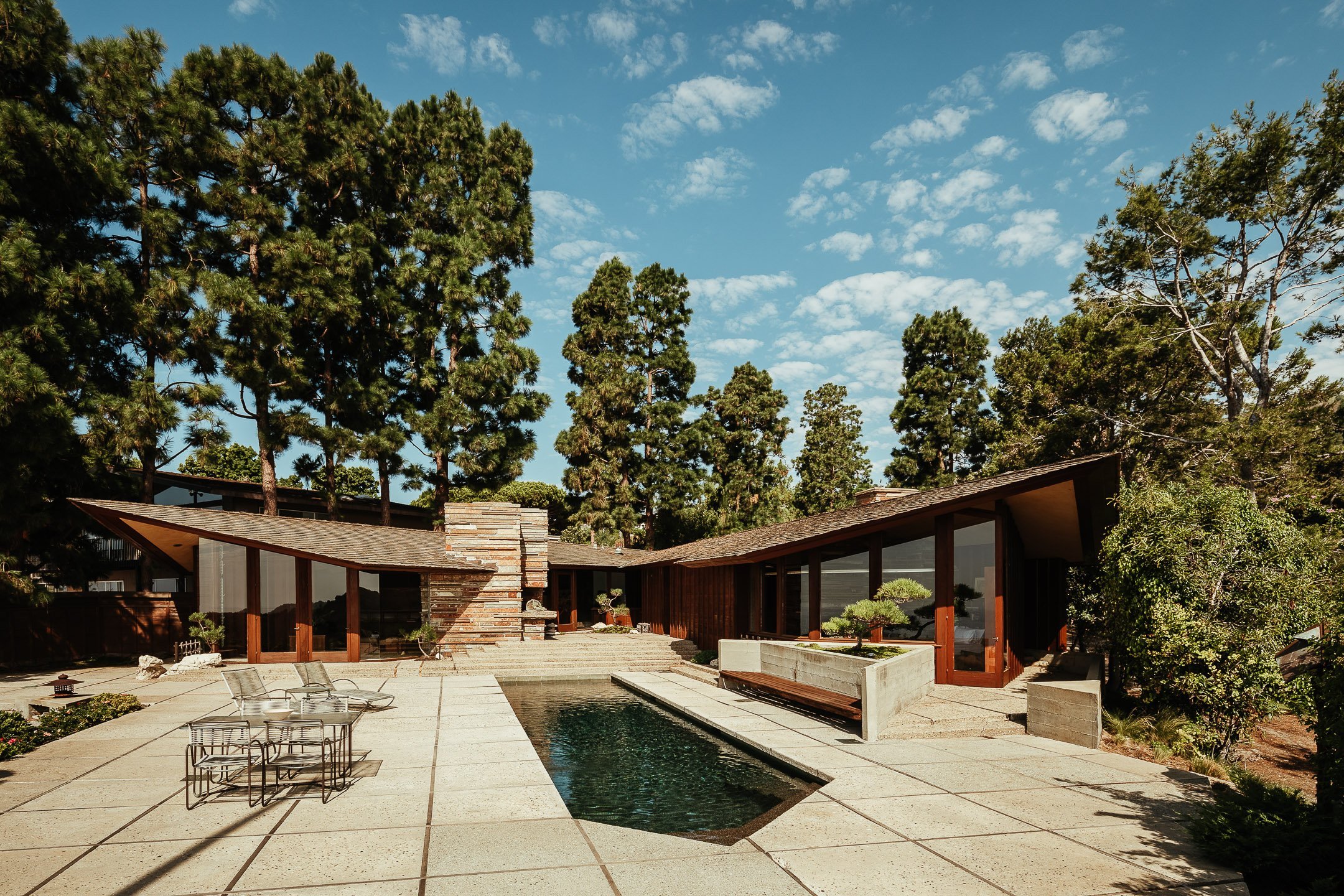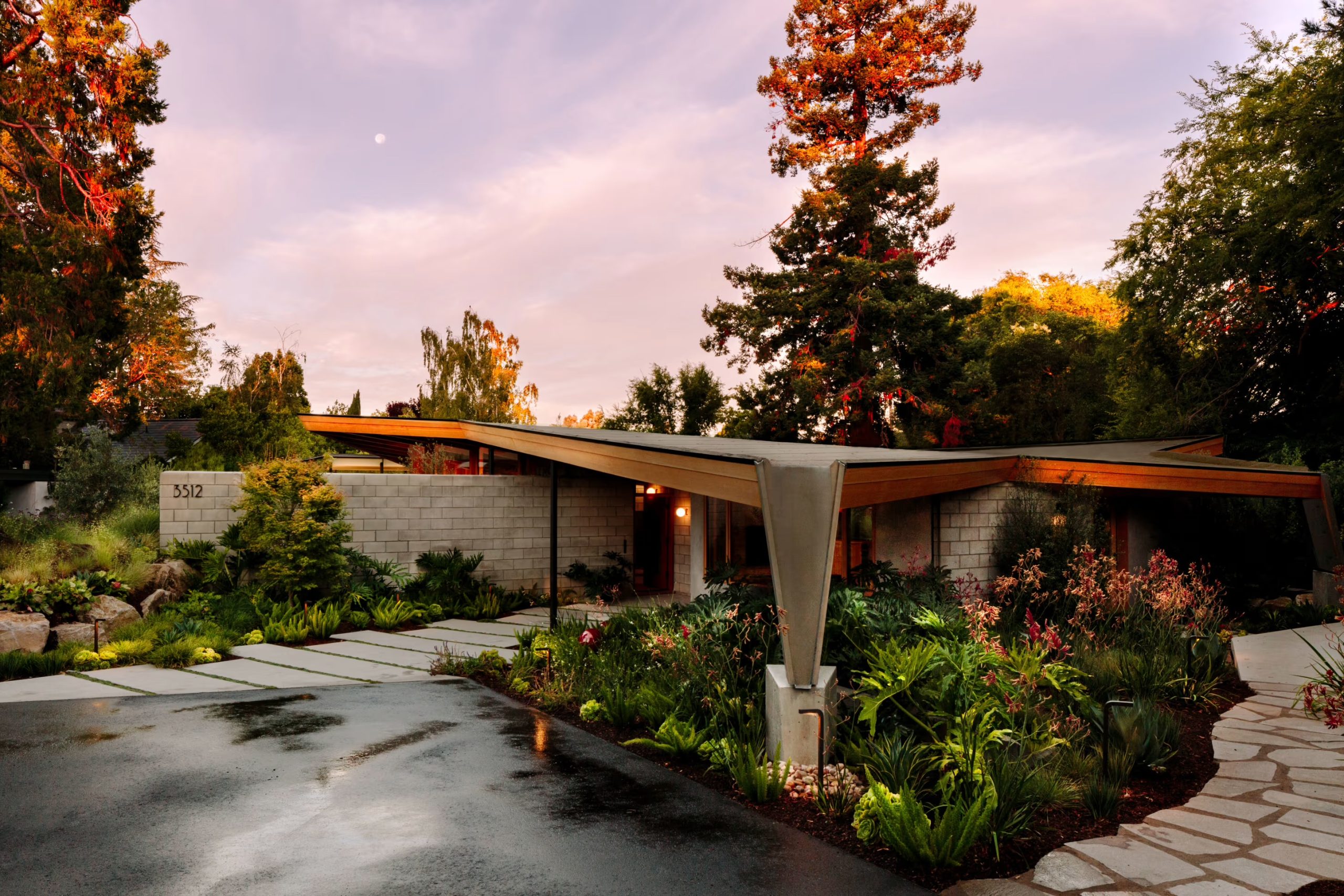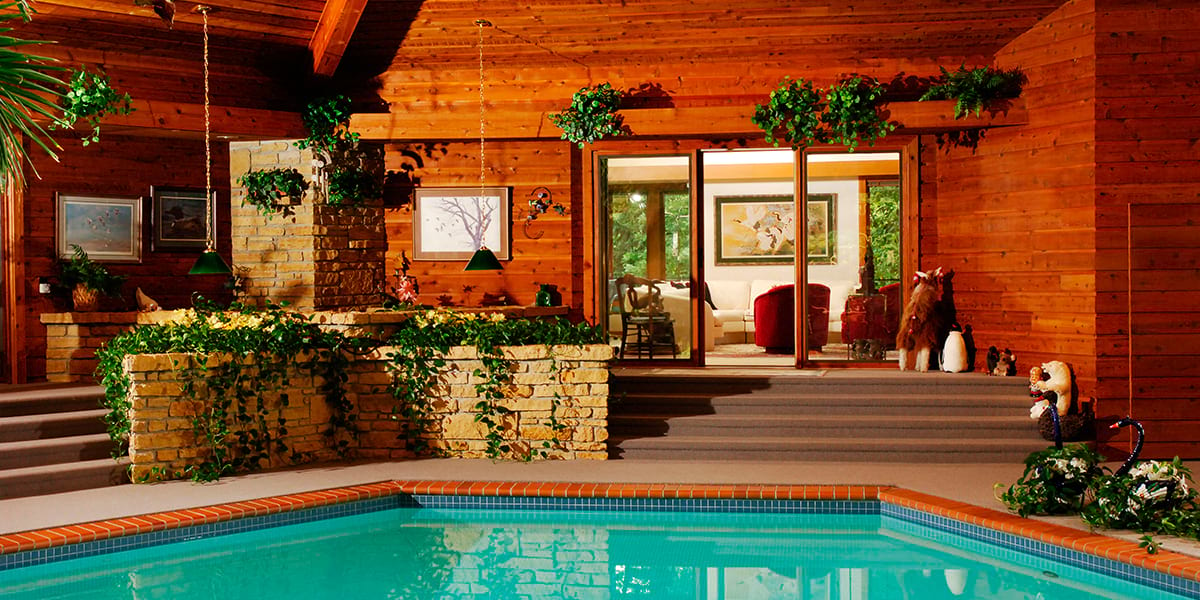
Is This The Perfect Mid-Century House? Stone, Wood, Sloping Roofs
A landmark of Organic Modernism, Aaron Green’s Anderson Residence blends land, light, and structure in perfect, oceanfront harmony.

A landmark of Organic Modernism, Aaron Green’s Anderson Residence blends land, light, and structure in perfect, oceanfront harmony.

A sensitive renovation that doubles space while honouring this 1966 original design, blending Frank Lloyd Wright and Eichler legacies.

The Freedom Ridge Estate certainly lives up to its name. Resting atop a ridge with stunning views over rich meadow pastures, this gorgeous Frank Lloyd Wright style Prairie Ranch lies perfectly immersed within its surrounding nature.